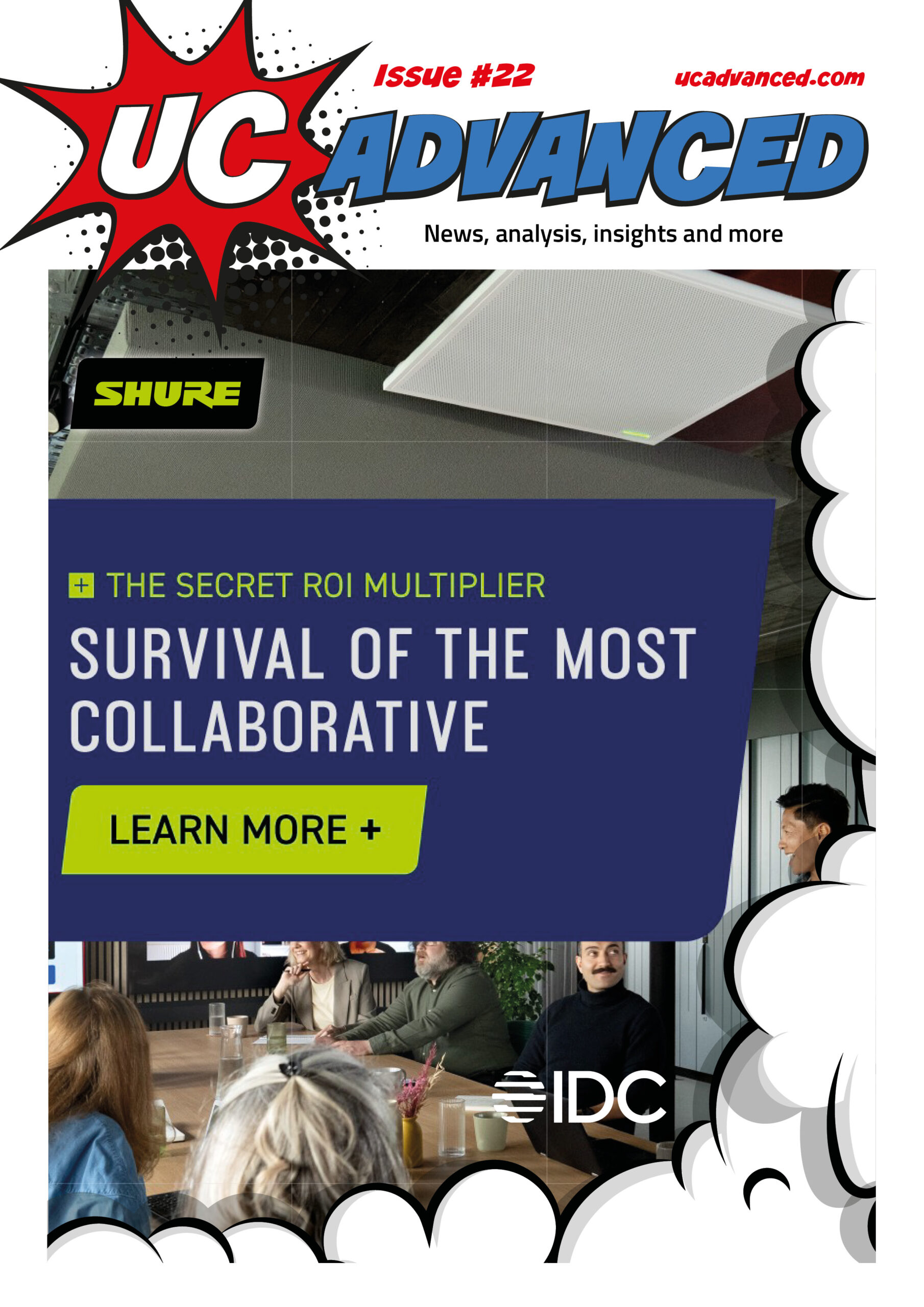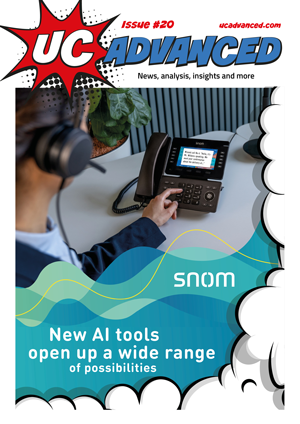As small enterprises face similar business challenges as their larger counterparts with limited resources, designing a service desk that can support small businesses consistently can be difficult. However, a customer-centric approach to your service desk can help you efficiently manage service requests and prioritize documentation, which can be critical as the organization expands. According to Info-Tech Research Group’s latest industry blueprint, Right-Size the Service Desk for Small Enterprise, transitioning from a help desk to a service desk and centralizing all tasks in one place is key to small business expansion. In this guide, you’ll discover how to build a customer-centric service desk for small business growth and efficiently manage your workload, streamline requests, and prioritize documentation.
• Small businesses can benefit from adopting a customer-centric approach to their service desk.
• Centralizing tasks in a single solution can help small businesses manage and prioritize service requests efficiently.
• By following Info-Tech Research Group’s industry blueprint, small enterprises can develop an efficient service desk that prioritizes customer service and productivity, supporting business growth.
As small enterprises continue to expand, they face similar challenges as larger organizations, but with limited resources. One of the most significant challenges is designing a service desk that can consistently support small businesses while maintaining the right balance of documentation. With a substantial workload, small businesses may struggle to prioritize documenting tasks, which can be critical as the organization grows.
To help businesses overcome these challenges, global IT research and advisory firm Info-Tech Research Group has published its latest industry blueprint, Right-Size the Service Desk for Small Enterprise. According to the report, ensuring a satisfactory customer experience is often disregarded in small IT teams as they support multiple end-users. To transition from a help desk to a service desk, Info-Tech advises a shift towards becoming a customer-centric service desk, which requires technicians to alter their approach to providing support.
A customer-centric approach means identifying the information the business requires for setting expectations and service level agreements and communicating incidents and changes. This approach also focuses on self-service options for users, allowing small businesses to deliver services effectively. When establishing a team’s roles and responsibilities, it’s essential to clearly understand their primary duties and when and where to escalate issues. Work should also be divided based on patterns of intake and the categories of incidents or service requests.
The blueprint suggests that businesses make the best use of their team to develop an efficient service desk. The firm emphasizes the importance of recognizing team members wearing multiple hats and ensuring they don’t burn out or struggle to keep up. Finally, determining the most appropriate areas to outsource based on work type and required skills can be helpful for small businesses.
One of the most important steps in managing a high volume of issues and requests is to designate a single solution that can handle work orders, incident reporting, asset data, and more. By centralizing all tasks in one place, small businesses can manage and prioritize requests efficiently. This simplifies managing and prioritizing requests, reducing the workload for small IT teams and freeing up time for more important tasks.
In conclusion, a customer-centric service desk is key to small business expansion, and by adopting this approach, businesses can deliver services effectively and efficiently. With the right team, an efficient service desk, and a focus on customer service and productivity, small businesses can overcome their challenges and support business growth.
Q: What is a service desk?
A: A service desk is a centralized system that handles all requests and incidents related to IT services in an organization.
Q: Why is a customer-centric approach important for small businesses?
A: Small businesses need to prioritize delivering excellent customer service to retain and attract new customers. Adopting a customer-centric approach can help them achieve this goal.
Q: What is the difference between a help desk and a service desk?
A: A help desk primarily focuses on resolving technical issues, whereas a service desk takes a broader approach to IT service management, including incident management, problem management, and service request management.
Q: How can small businesses efficiently manage their workload?
A: Small businesses should centralize all their work-related tasks in one place, such as a service desk, to manage and prioritize requests efficiently.
Q: What are self-service options for users?
A: Self-service options allow end-users to solve their issues without contacting the service desk, such as FAQs, knowledge articles, and chatbots.
Q: How can small businesses outsource their work?
A: Small businesses can outsource work based on work type and required skills, such as hiring managed service providers or vendors.
Q: What is incident reporting?
A: Incident reporting is the process of reporting an issue or problem related to IT services to the service desk for resolution.
Q: What is asset management?
A: Asset management is the process of tracking and managing an organization’s IT assets, such as hardware, software, and licenses.
Q: What are service level agreements (SLAs)?
A: SLAs are agreements between a service provider and a customer that define the level of service expected, including response time and issue resolution time.
Q: How can small businesses manage a high volume of issues and requests?
A: By centralizing all work-related tasks in one place, small businesses can manage and prioritize requests more efficiently. They can also assign roles and responsibilities to their team members based on patterns of intake and the categories of incidents or service requests.










